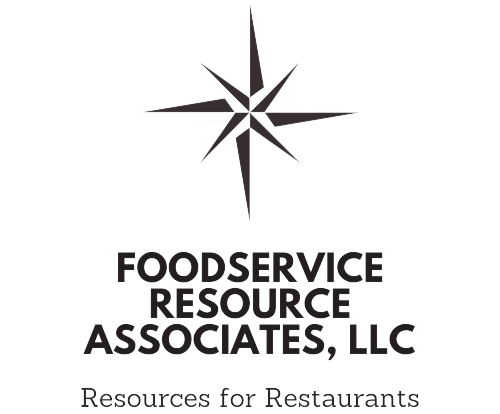Here’s a 10-step guide for successful restaurant menu engineering:
- Understand Your Customer Base: Conduct thorough market research to understand your target demographic’s preferences, dietary restrictions, and spending habits.
- Analyze Your Current Menu: Review your existing menu to identify popular and high-margin items, as well as underperforming dishes.
- Apply Menu Engineering Principles: Utilize the principles of menu engineering, such as the use of high-profit margin items as anchors and strategic placement of dishes, to optimize menu profitability.
- Categorize Menu Items: Group menu items into categories (e.g., appetizers, entrees, desserts) and analyze their contribution to overall profitability.
- Calculate Plate Costs: Determine the cost of ingredients for each menu item to calculate its plate cost accurately.
- Determine Menu Item Profitability: Calculate the profitability of each menu item by subtracting its plate cost from its selling price.
- Identify Star, Puzzle, Plowhorse, and Dog Items: Classify menu items based on their profitability and popularity using the star, puzzle, plowhorse, and dog matrix.
- Adjust Menu Prices Strategically: Adjust menu prices based on the profitability and popularity of menu items, ensuring a balance between attracting customers and maximizing profits.
- Revise and Update Regularly: Continuously monitor and analyze menu performance, making adjustments as necessary to adapt to changing customer preferences and market conditions.
- Promote High-margin Items: Highlight high-margin items through strategic menu placement, descriptions, and promotions to encourage sales.
Resources:
- Menu Engineering Worksheet Explained: A step by step guide
- How to Make a Restaurant Menu Design With Examples: This resource provides insights into menu development, design, and engineering, along with downloadable menu templates.
- How to Make Your Menu a Money-Maker Using Restaurant Menu Engineering: This guide offers a step-by-step approach to menu engineering, helping you create a menu design that aligns with your restaurant’s brand and financial goals.
The Golden Triangle of menu engineering design
refers to a strategic layout principle aimed at maximizing profitability and customer satisfaction on a restaurant menu. This concept revolves around the placement of high-profit items within the menu’s prime real estate: the top right corner, the top left corner, and the bottom center.
In this triangle, the top right corner typically houses the most profitable and popular items, often referred to as “star” items. These are the dishes that drive sales and contribute significantly to the restaurant’s bottom line. The top left corner is reserved for items that may not be as profitable but are still popular among customers, serving as “puzzle” items that complement the star items. Finally, the bottom center of the menu features “plowhorse” items—high-profit but low-popularity dishes—that may need extra promotion or description to encourage sales.
By strategically placing menu items within this golden triangle, restaurants can influence customers’ ordering behavior, maximizing revenue while meeting customer preferences. This approach considers both the profitability and popularity of menu items, ensuring a balanced and effective menu layout that enhances the dining experience and boosts overall profitability.

